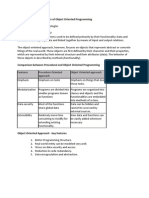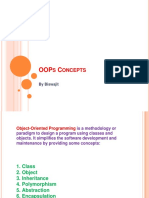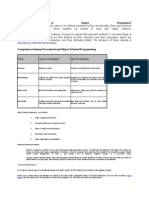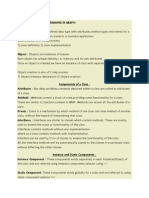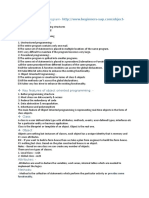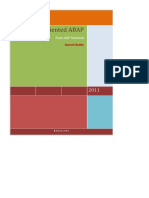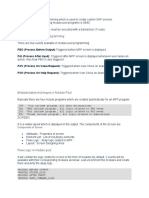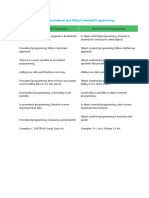0% found this document useful (0 votes)
36 views1 pageClass. They Are Declared With The Class-Keywords: Is Interface The Leaky Bucket of Oops Design?
The document discusses the different components of classes in ABAP Objects including static components, instance components, attributes, methods, events, and interfaces. Static components exist globally for a class while instance components exist separately for each object instance. Attributes define data and constants while methods provide functionality. Events can trigger methods in other classes.
Uploaded by
PankajCopyright
© © All Rights Reserved
We take content rights seriously. If you suspect this is your content, claim it here.
Available Formats
Download as DOCX, PDF, TXT or read online on Scribd
0% found this document useful (0 votes)
36 views1 pageClass. They Are Declared With The Class-Keywords: Is Interface The Leaky Bucket of Oops Design?
The document discusses the different components of classes in ABAP Objects including static components, instance components, attributes, methods, events, and interfaces. Static components exist globally for a class while instance components exist separately for each object instance. Attributes define data and constants while methods provide functionality. Events can trigger methods in other classes.
Uploaded by
PankajCopyright
© © All Rights Reserved
We take content rights seriously. If you suspect this is your content, claim it here.
Available Formats
Download as DOCX, PDF, TXT or read online on Scribd
/ 1








